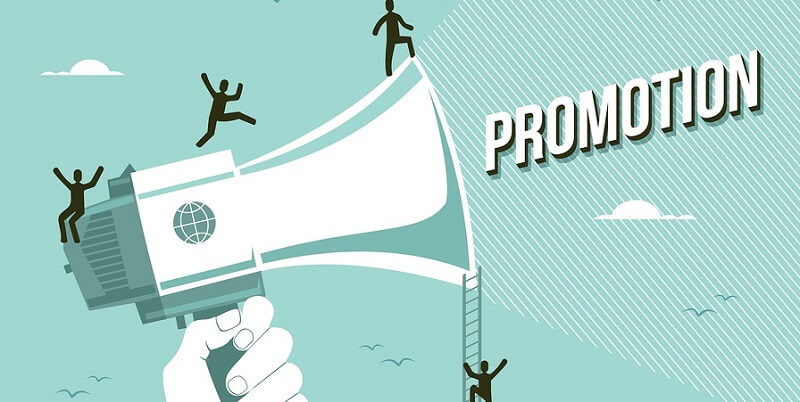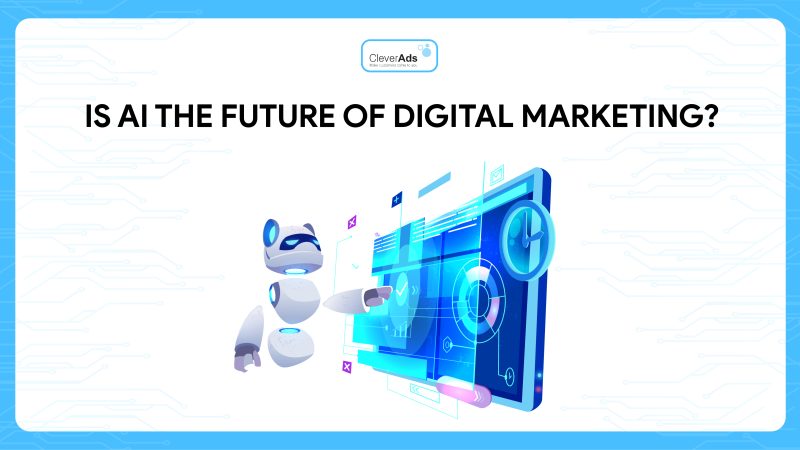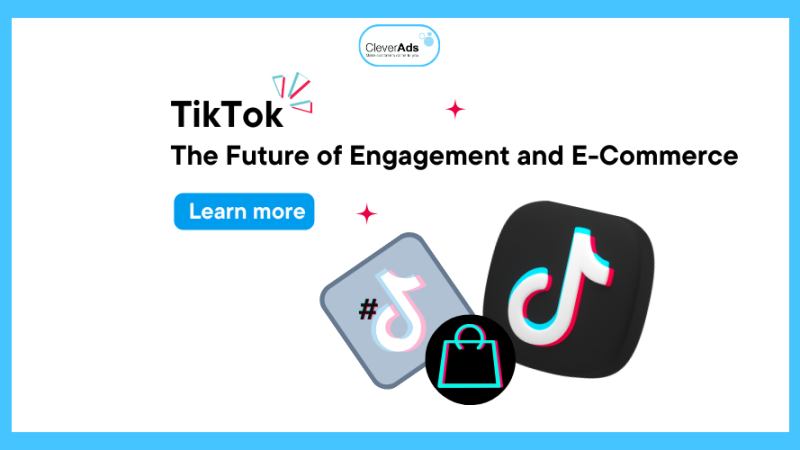What is Promotion? All you need to know about promotion

Surely the 4P marketing strategy in Marketing is no stranger to being mentioned; the last P stands for promotion which is always an essential part of helping products be widely promoted to consumers. What promotion is, as well as the role, form, or factors that make it so influential in the eyes of customers, let’s find out with Cleverads in the reading below.
1. What is Promotion?
Promotional marketing refers to sharing knowledge about a brand, product, or service through multiple marketing channels to increase brand awareness. Promotional marketing is one of the 4Ps of marketing, also known as the marketing mix, which includes product, price, place, and promotion.
2. The Role of Promotion in Marketing
Marketing promotion strategies play four different roles that look like a funnel leading to a purchase:
- Build awareness
Start making your target audience aware of your brand. To build it, you must first identify the profiles of the people you want to reach.
- Make people care
When you bring your product/service to market, create interest and intrigue people while differentiating your brand from the competition.
- Create demand for products/services.
In this step of the funnel, people will begin to emotionally connect with your product/service by seeing something that could benefit them.
- Get them to act
Create a way for your target audience to interact with your product/service. For example, place a call-to-action button on your website, email, ad, or social media profile, or entice them with an irresistible offer. Get inspired by these effective sales pitch examples.

3. Difference between Promotion and Marketing
Marketing and promotion are similar in that both are concerned with increasing consumer brand awareness. But there are some essential differences to note, as explored in the table below.
Marcom
- Focus: Focus on advertising and target audience to sell products or services. Focus on exchanging important messages and acting as a storyteller.
- Benefits: Help promote business, reach new customers, and retain old customers. Help with branding and support the sales team.
- Challenges Mainly faced with challenges like understanding customer behavior, generating growth, lack of marketing knowledge, etc. In addition, there are challenges like language barrier, lack of variety of communication tools forward, less control over the message, etc.
- Purpose: To understand customer behavior and increase the number to measure total clicks or zeros of a purchase. Play with words, write compelling copy, and understand customer attitudes.
- Time: Used from the start of product development; Used when there is progress in development.
4. Elements of successful promotion use
4.1. Personal selling
Involves personal contact between company representatives and those making purchasing decisions. Sales take place in person or by phone and are online via video conferencing or text chat.
For example, a company’s consumer, manager, or buyer
4.2. Direct Marketing
Regarding sending direct Mail to customers, Direct Mail can be cheaper than traditional advertising; you can tailor your message, add more information and target your market better. Typically, direct mail advertising should be; personal, creative, informal, and selectively directed (not sent to everyone in the database).
4.3. Advertising
Promotions that are not personal, mostly paid, often use mass media to convey their message. Variations of the ad include; Advertising on TV, in Newspapers, in magazines, on the Internet, and Outdoor.
For example, billboards, posters, buses, etc.
4.4. Public Relations
This type of advertising uses third-party sources, especially news media, to make favorable mentions of a marketer’s company or product without paying the publisher directly for information.
4.5. Sponsorship
Support an event, activity, or organization by providing money or other resources of value to the sponsored event. This is usually in exchange for advertising space at the event or as part of promotional activity.
Examples: TV/Radio, Sports, Arts, Events, Charity/Career.
4.6. Sales promotion
It involves the use of special short-term techniques, often in the form of incentives, to encourage a customer to respond or take some action.
Examples: Sales/discount flyers, Coupons, Samples/gifts, special events, and point of sale

4.7. Digital Communication
Any advertising made for web, mobile, or digital devices, including; Online advertising, mobile media, social media, consumer-generated content, and viral strategies.
For example, tablets, game systems, etc.
5. When should promotion be used?
Promotions’ effectiveness depends on the time of launching the advertising campaign, such as essential holidays, weekends, weekdays, etc., customers, through different times or products, businesses will quickly develop appropriate promotion programs.
For example, on holidays, Christmas, Valentine, etc., consumers often shop more, which is the right time to launch promotion strategies to attract them to pay more attention to their products.
On the other hand, businesses also need to pay more attention to whether customers respond to their Promotion program. For example, if your target customers are office workers, weekday promotions will be less attractive. You should target customers whose shopping time in the middle of the week will be more effective.
Conclusion
The most detailed information about the definition of promotion and illustrative examples have been clarified in the above article. Customers always want access to new, exciting, and engaging content. Businesses need to focus on changing the appropriate promotion strategy to avoid becoming more challenging to reach customers.
If your business requires Digital Marketing solutions, contact us at cleverads.com.ph. for the fastest support.


